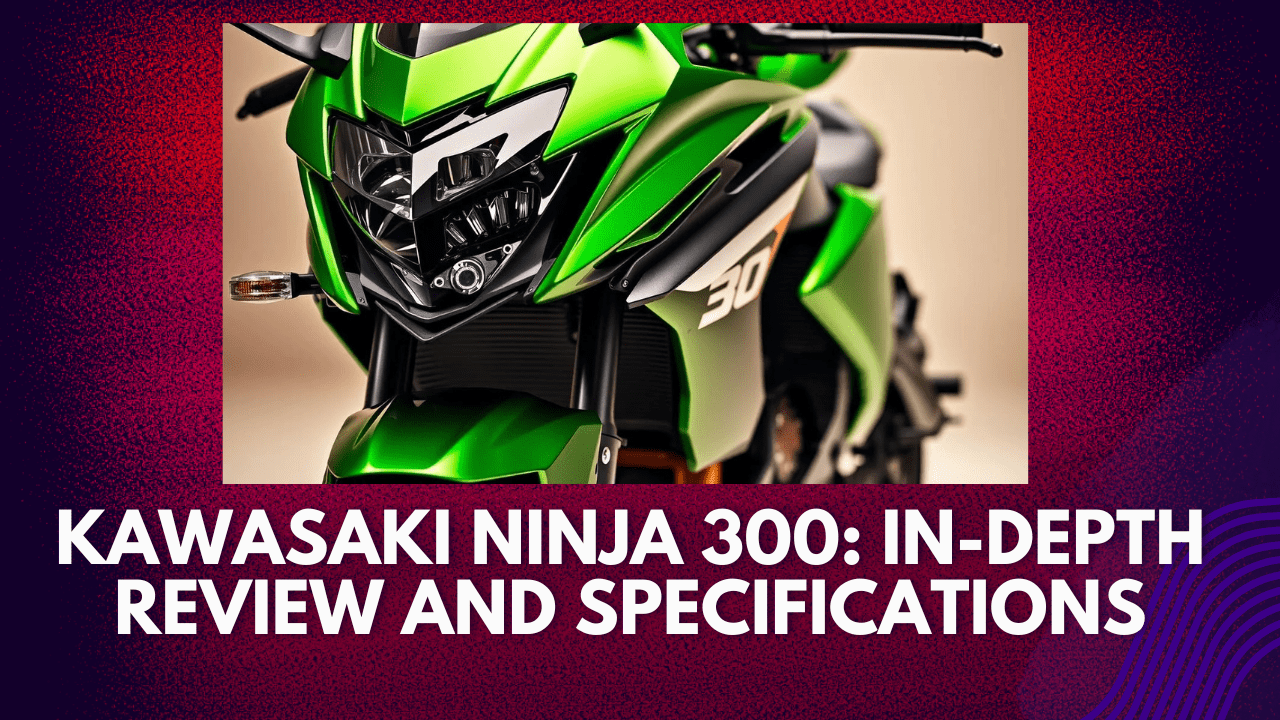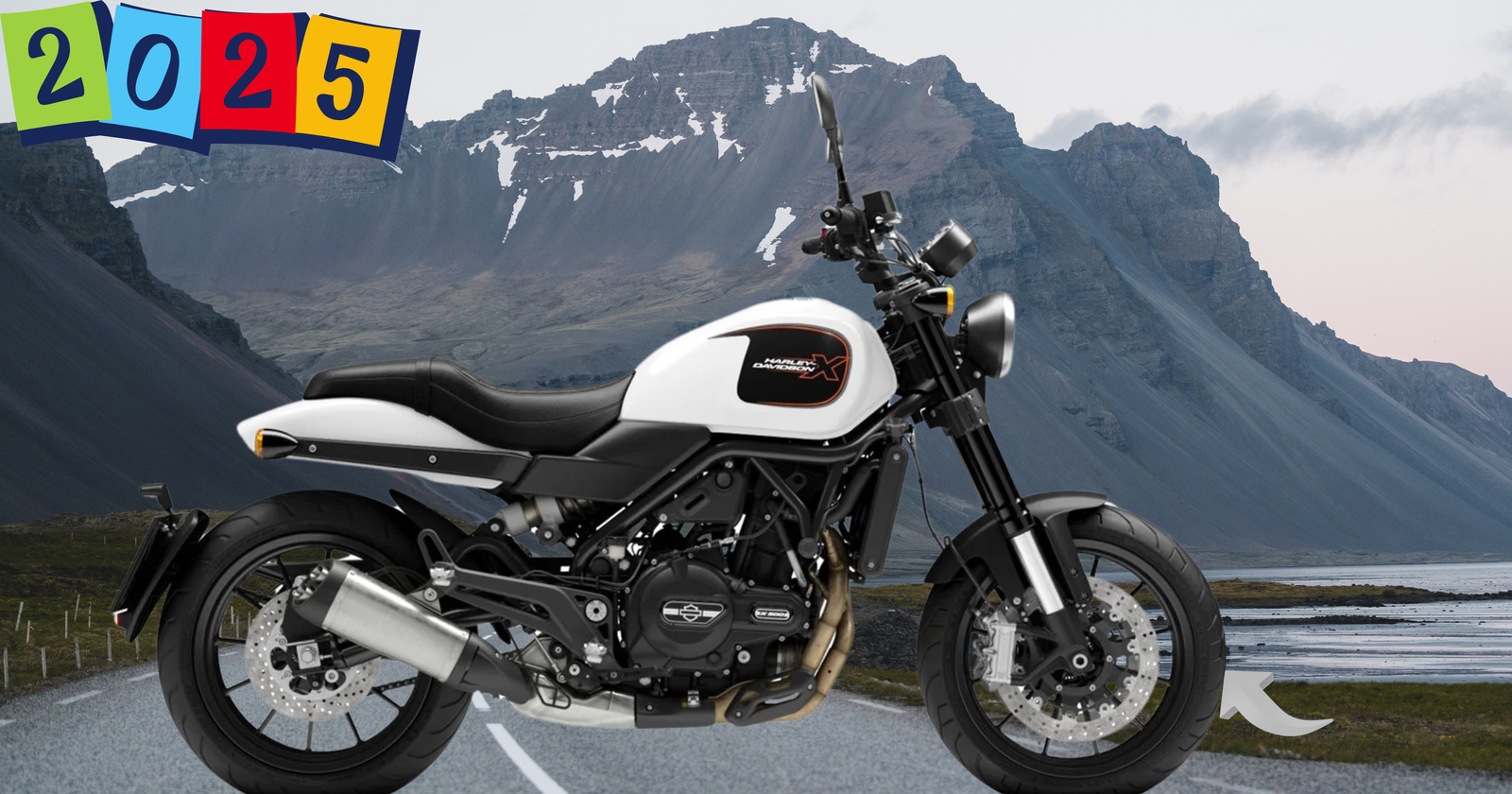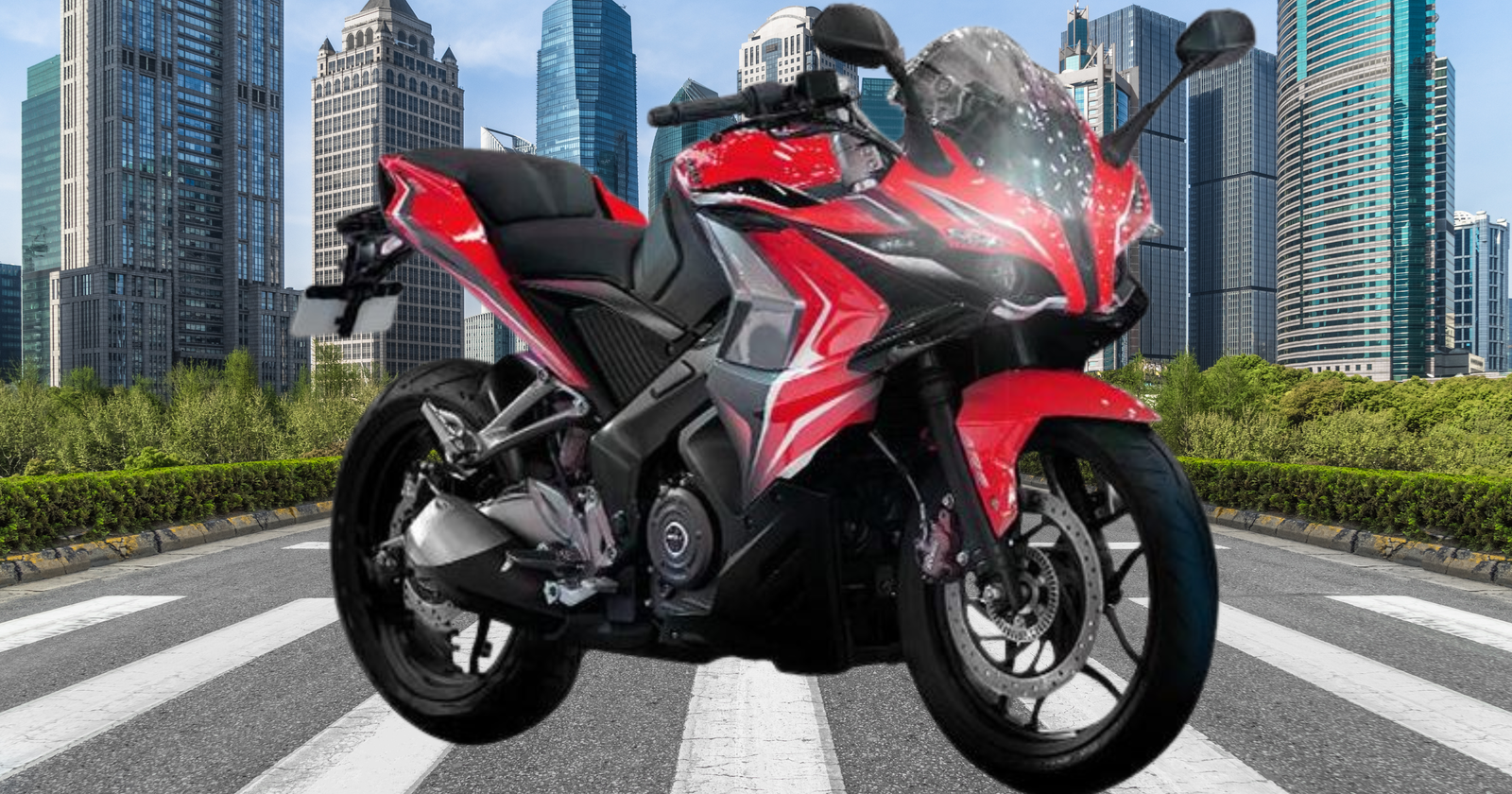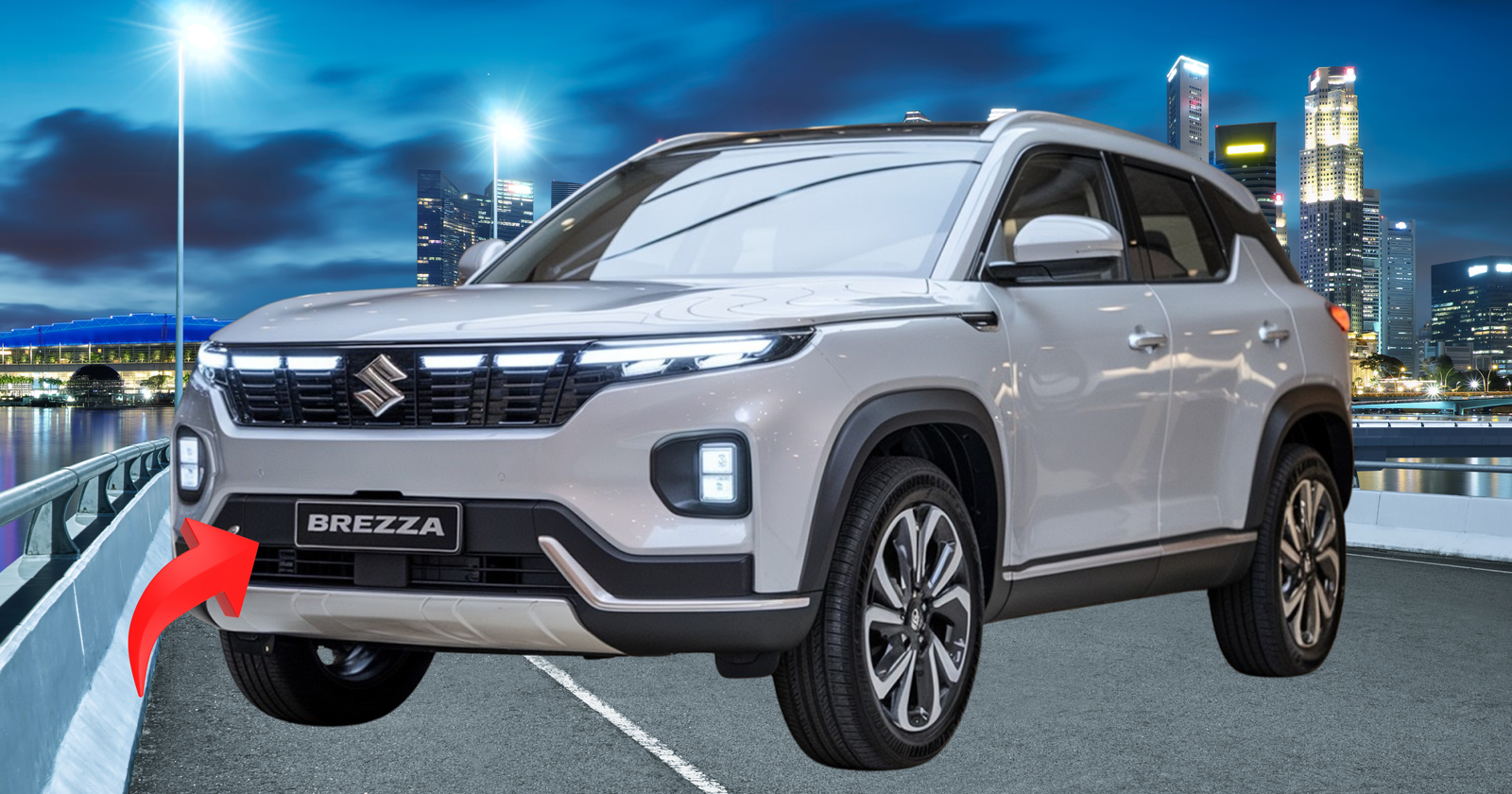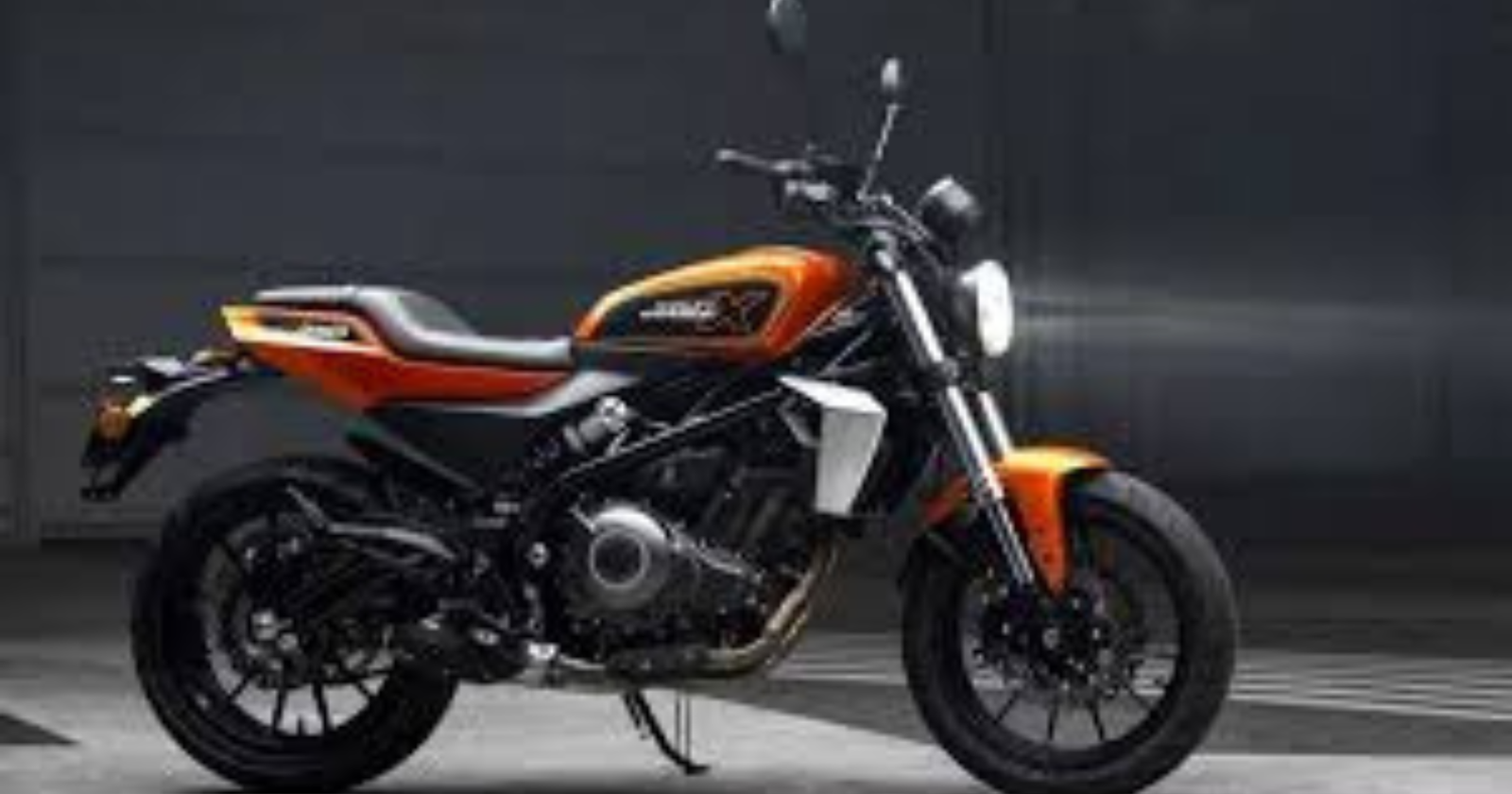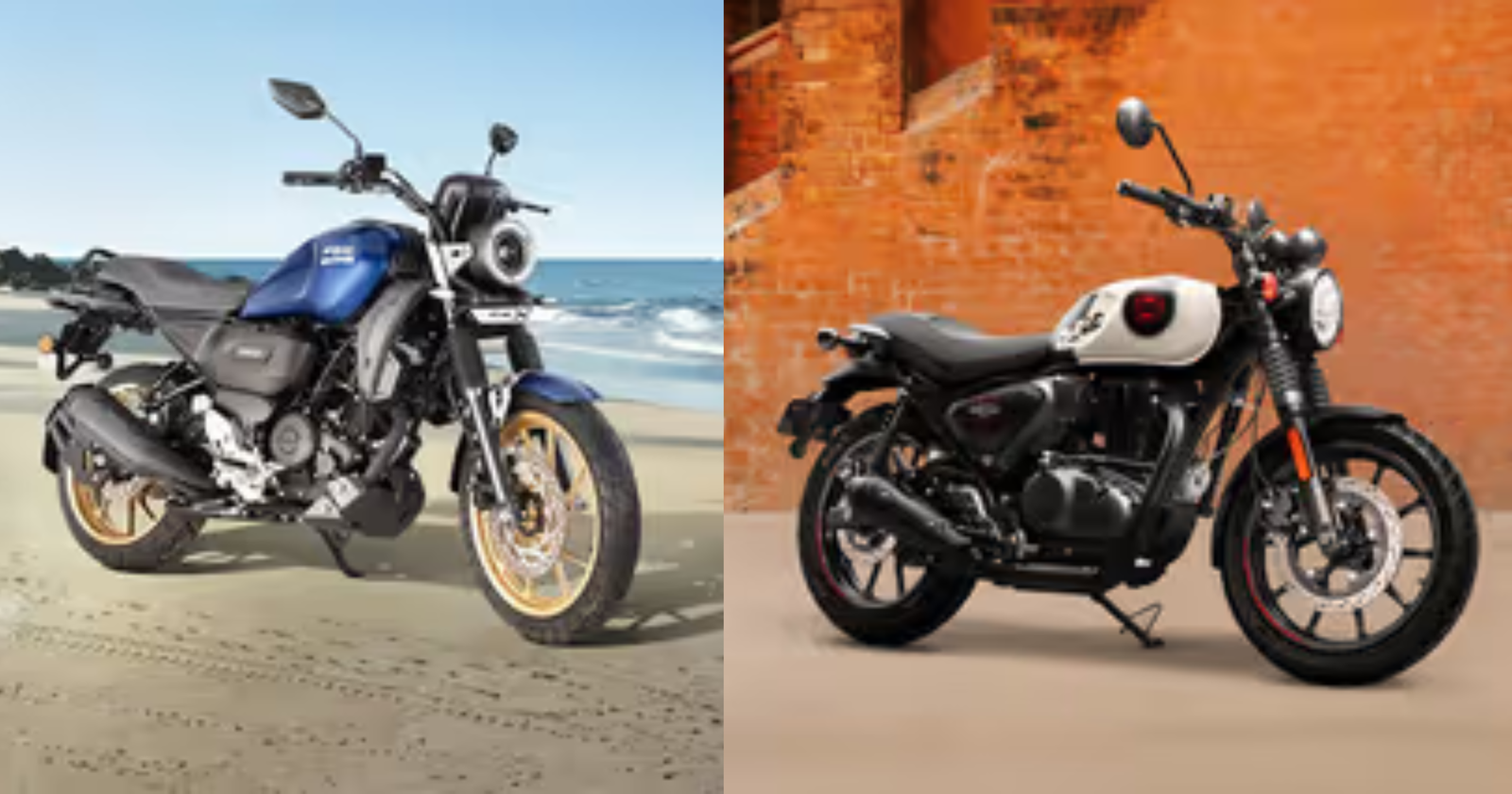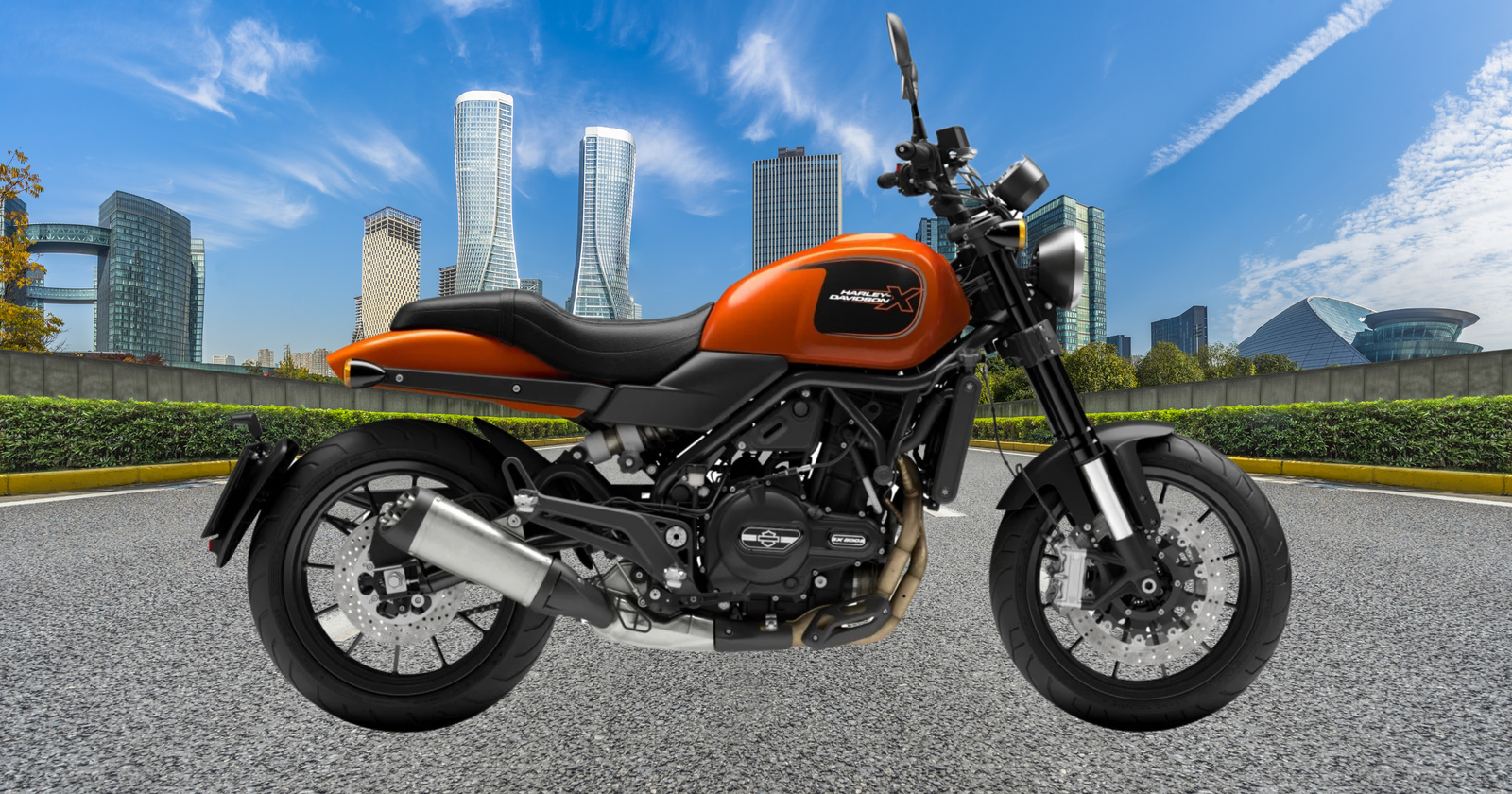The Kawasaki Ninja300 is a highly sought-after entry-level sports bike in India, known for striking a perfect balance between performance and affordability, making it an ideal choice for new riders.
This bike has garnered significant attention for its 296cc parallel-twin engine, producing 39PS of power and 26.1Nm of torque. Our comprehensive review will delve into every aspect of the Ninja300, from its design and engine performance to its handling characteristics and overall value proposition.
Whether you’re a beginner looking for your first sports bike or an experienced rider seeking a nimble machine for daily commuting, this in-depth review will help you determine if the Kawasaki Ninja is the right choice for you.
Table of Contents
Overview of the Kawasaki Ninja 300
As one of the most affordable twin-cylinder sports bikes, the Kawasaki Ninja300 stands out in the Indian market. The Kawasaki Ninja300 is a popular choice among bike enthusiasts due to its unique blend of performance and affordability.
History and Evolution
The Kawasaki Ninja300 has a rich history, having been introduced as a successor to the Ninja250R. It has evolved over the years with updates in design and performance. The Ninja300 has become synonymous with sporty performance and sleek design.
The bike’s parallel-twin engine provides a smooth riding experience, making it accessible to a wide range of riders. With its 296cc engine, the Ninja300 delivers a balance of power and fuel efficiency.
Market Position in India
In the Indian market, the Ninja300 is priced at Rs.3,43,000 (ex-showroom), competing with other premium bikes like the KTM RC390, TVS Apache RR310, and Yamaha YZF-R3. Despite being slightly more expensive than some single-cylinder competitors, the Kawasaki Ninja offers the prestige of the Kawasaki brand and the smoothness of its parallel-twin engine.
The Ninja300 benefits from relatively affordable insurance rates compared to larger displacement motorcycles, making it an attractive option for younger riders. Kawasaki occasionally offers discounts, such as a recent Rs.25,000 discount, enhancing the bike’s value proposition in the competitive Indian market.
With its unique position as one of the most affordable twin-cylinder sports bikes, the Ninja300 continues to be a popular choice. Its competitive price and overall package make it a compelling option for those looking for a blend of performance and affordability.
Design and Styling
The Kawasaki Ninja300 boasts a design that seamlessly blends sporty aesthetics with everyday practicality. This balance is evident in its sleek lines, aggressive stance, and attention to detail.
Exterior Aesthetics
The Ninja300’s exterior is a visual treat, with a design inspired by its bigger sibling, the ZZR1400. The 10-spoke alloy wheels are a notable feature, adding to the bike’s sporty appeal. The sharp bodywork is complemented by cleverly hidden fasteners, giving the bike a clean and streamlined look.
The Ninja300’s aggressive styling is not just about looks; it’s also functional. The fairing panels are designed to provide a sporty stance while ensuring comfort for the rider. The overall design is a testament to Kawasaki’s focus on creating a bike that’s both visually appealing and performance-oriented.
Ergonomics and Comfort
The Ninja300’s ergonomics are designed to provide a comfortable riding experience. The ergonomic design ensures that the rider is positioned in a way that reduces fatigue on long rides. The bike’s seat height and handlebar position work together to create a comfortable riding posture.
- The bike’s ergonomics are designed to reduce rider fatigue.
- The seat height and handlebar position are optimized for comfort.
Build Quality
The Ninja300’s build quality is impressive, with high-quality materials used throughout the bike. The fairing panels fit together precisely, with minimal panel gaps. The overall build quality inspires confidence that the bike will maintain its appearance and functionality over years of ownership.
- The Ninja300 demonstrates impressive build quality for its price point.
- High-quality materials are used throughout the bike.
- The 10-spoke alloy wheels are durable and resistant to damage.
Engine Performance and Specifications
The Kawasaki Ninja300 boasts an impressive engine that is both powerful and efficient. This section delves into the specifics of its engine performance and specifications, providing a comprehensive understanding of what makes the Ninja300 tick.
Engine Specifications
The Ninja300 is powered by a 296cc parallel-twin engine, known for its smooth operation and robust torque delivery. This liquid-cooled, DOHC engine produces 38.4 PS at 11,000 rpm and 27 Nm of torque at 10,000 rpm. The engine’s design focuses on providing a balance between power and fuel efficiency, making it suitable for both city commuting and highway cruising.
Key Engine Specifications:
| Specification | Detail |
|---|---|
| Engine Type | Liquid-cooled, 4-stroke, DOHC |
| Displacement | 296cc |
| Power Output | 38.4 PS at 11,000 rpm |
| Torque | 27 Nm at 10,000 rpm |
Power Delivery and Performance
The Ninja300’s engine is designed to provide a broad, usable power band. The power delivery is smooth and linear, making it accessible to riders of various skill levels. The bike accelerates briskly from low revs and continues to pull strongly as the revs rise, offering a thrilling riding experience.
The Ninja300’s performance is further enhanced by its lightweight chassis and aerodynamic design, allowing for agile handling and stability at higher speeds.
Transmission and Clutch System
The Ninja300 features a six-speed transmission paired with an assist and slipper clutch system. This combination enhances both performance and ease of use. The slipper clutch function prevents rear wheel hop during aggressive downshifts, while the assist function reduces clutch lever effort by approximately 25%, making the bike more comfortable in stop-and-go traffic.
The transmission offers precise gear changes with a positive engagement feel. The gear ratios are well-spaced for both city riding and highway cruising, with sixth gear providing comfortable cruising at highway speeds.
Transmission Highlights:
- Six-speed transmission with assist and slipper clutch
- Precise gear changes and positive engagement feel
- Well-spaced gear ratios for versatile riding conditions
Handling and Ride Quality
The Kawasaki Ninja300’s handling and ride quality make it a versatile bike for various riding conditions. Whether you’re navigating congested city streets or cruising on open highways, the Ninja300 delivers a fun and engaging riding experience.
Suspension Setup
The Ninja300’s suspension setup is designed for comfort and agility. The 37mm forks provide a smooth ride, while the basic shock absorber ensures stability on various road surfaces. Although the suspension is not adjustable, it is well-suited for the bike’s intended purpose.
Cornering and Stability
The Ninja300 shines on twisty roads, where its lightweight chassis and responsive handling allow riders to maintain momentum through corners without requiring excessive speed. The bike’s upright riding position and high bars contribute to its stability, making it easy to handle for riders of various skill levels.
Riding Experience in Different Conditions
The Ninja300 performs admirably across various riding conditions. Here are some key aspects of its performance:
- In urban environments, the bike’s light clutch, manageable power delivery, and tight turning radius make it easy to navigate through traffic and tight spaces.
- On highways, the Ninja300 cruises comfortably at speeds between 80-100 kmph, although sustained riding at higher speeds will have the engine working hard in the upper rev range.
- In wet conditions, riders should exercise caution as the stock IRC tires offer limited grip, though the predictable handling characteristics of the bike help maintain stability.
Overall, the Ninja300 is a great choice for riders who want a fun and versatile bike for daily commutes and weekend rides.
Braking System and Safety Features
With its advanced braking system, the Kawasaki Ninja300 sets a new standard for safety in its class. The bike’s braking capabilities are a crucial aspect of its overall performance, providing riders with the confidence to handle various road conditions.
Front and Rear Brakes
The Ninja300 is equipped with a 290mm front disc and a 220mm rear disc, ensuring effective braking performance. The dual-channel ABS (Anti-lock Braking System) operates independently on both the front and rear wheels, enhancing safety. Initially, ABS was an optional feature on the Ninja300, but it has since become a standard feature on all models sold in India.
ABS Performance
The ABS system on the Ninja300 intervenes effectively during emergency braking situations, preventing wheel lock-up and helping riders maintain control even on slippery surfaces. The ABS calibration strikes a good balance between intervention and control, allowing for aggressive braking without becoming intrusive during normal riding. For new riders, the added safety net of ABS provides valuable confidence when learning proper braking techniques and handling emergency situations.
- The Ninja300’s ABS system is designed to provide riders with confidence in various road conditions.
- The dual-channel ABS operates independently on both the front and rear wheels, enhancing safety.
Comfort and Ergonomics
Comfort and ergonomics are key aspects of the Ninja300’s design philosophy. The bike is engineered to provide a riding experience that is both enjoyable and comfortable, whether you’re cruising on the highway or carving through twisties.
Seating Position
The Ninja300’s seating position is designed to be comfortable, with the handlebar and rear view mirrors pushed forward and footpegs placed to achieve a riding stance that is neither too aggressive nor too relaxed. This ergonomic design allows riders to maintain a natural position, reducing fatigue on long rides.
Seat Height and Comfort
The seat height of the Ninja300 is set at a comfortable level, making it accessible to a wide range of riders. The overall comfort is enhanced by the bike’s design, which includes a windscreen that provides decent protection from wind blast at highway speeds, thereby reducing rider fatigue.
Rider Triangle and Long-Distance Riding
The rider triangle of the Ninja300 strikes an excellent balance between sportiness and comfort. This makes it versatile for various riding scenarios, including long-distance touring. Riders can comfortably cover 200-300 kilometers in a day, although more frequent breaks may be needed compared to riding a dedicated touring bike.
| Riding Scenario | Comfort Level | Distance Capability |
|---|---|---|
| Highway Cruising | High | 200-300 km |
| Twisty Roads | Medium | 100-200 km |
| Urban Riding | High | N/A |
The Ninja300’s overall ergonomic package makes it suitable for sport-touring with minimal modifications. Some riders may opt for aftermarket seats or handlebar risers for enhanced long-distance comfort.
Fuel Efficiency and Range
With its large fuel tank and efficient engine, the Ninja300 offers a remarkable range. The bike’s fuel efficiency is one of its standout features, making it suitable for both daily commutes and long-distance touring.
Real-World Mileage
The Kawasaki Ninja300 has an average fuel consumption of around 25 kmpl, as reported by its owners. This translates to a significant range on a full tank. The generous 17-liter fuel tank capacity plays a crucial role in achieving this range. Riders can expect to cover approximately 425 kilometers on a full tank under mixed riding conditions.
The digital fuel gauge provides reasonably accurate readings, and the low fuel warning light activates when there are about 3-4 liters remaining. This feature helps riders plan their fuel stops effectively.
Tank Capacity and Range
The Ninja300’s 17-liter fuel tank is larger than many bikes in its class, contributing to its excellent range. With an average fuel consumption of 25-30 kmpl, the theoretical range on a full tank can be between 425-510 kilometers. The substantial range makes the Ninja300 well-suited for touring and longer weekend rides without frequent fuel stops, enhancing its versatility beyond just city commuting.
Kawasaki Ninja 300: Review and Specifications from Owners
The Kawasaki Ninja300’s owner community has shared a mix of positive and negative feedback regarding their riding experiences. This section delves into the insights provided by owners, highlighting both the praised features and the criticisms.
Positive Owner Feedback
Many owners appreciate the Ninja300 for its sporty design and agile handling. The bike’s performance is often commended, particularly its acceleration and the thrill it provides on both city roads and highways. Some owners have reported satisfactory fuel efficiency, with mileage figures that are considered decent for a bike in its class.
Owners also praise the Kawasaki Ninja300 for its comfortable riding position, which makes it suitable for both short commutes and longer rides. The bike’s build quality is another aspect that receives positive remarks, with many owners noting its durability and robust construction.
Critical Owner Feedback
On the other hand, some owners have expressed dissatisfaction with certain aspects of the Ninja300. One common criticism is the bike’s relatively high price compared to some of its competitors. Owners also point out issues such as the lack of a gear position indicator and the absence of modern features like LED headlights and a fully digital instrument cluster.
Some riders have experienced issues with vibration at higher RPM ranges, which can be uncomfortable during extended highway rides. Maintenance costs are another concern, with owners noting that service intervals and parts can be more expensive than those for comparable bikes.
Additionally, a few owners have reported quality control issues, including problems with the electrical system and finish durability. These issues highlight areas where the Kawasaki Ninja300 could potentially improve to better meet owner expectations and enhance its overall value proposition.
Maintenance and Service Costs
For those considering purchasing a Kawasaki Ninja300, understanding the maintenance and service costs is essential. The Ninja300, being a popular sport bike, has maintenance costs that are relatively moderate compared to other bikes in its class.
Regular Service Requirements
The Kawasaki Ninja300 requires regular servicing to maintain its performance and longevity. Regular services include oil changes, tire checks, and brake pad replacements. The cost of these services can vary depending on the service center and the region, but on average, owners can expect to pay around Rs. 2,000 to Rs. 5,000 for a standard service.
Regular maintenance tasks include:
- Oil changes every 3,000 to 5,000 kilometers
- Tire pressure checks and adjustments
- Brake pad replacements every 10,000 kilometers
| Service Item | Cost (Rs.) | Frequency (km) |
|---|---|---|
| Oil Change | 1,000 – 2,000 | 3,000 – 5,000 |
| Tire Check | 500 – 1,000 | Every ride |
| Brake Pad Replacement | 2,000 – 3,000 | 10,000 |
Long-Term Ownership Costs
Long-term ownership costs for the Kawasaki Ninja300 include insurance premiums, fuel costs, and replacement of consumable parts like tires and brake pads. Insurance premiums for the Ninja300 typically range from Rs. 5,000 to Rs. 8,000 annually, depending on factors like the rider’s age and location.
The Ninja300’s fuel efficiency is one of its strong points, with a real-world mileage of over 60 mpg, and up to 75 mpg with conservative riding. The cost of consumable parts like tires (Rs. 8,000 – 12,000 per set) and brake pads (Rs. 2,000 – 3,000 per set) should also be factored into the overall cost of ownership.
The total cost of ownership for the Kawasaki Ninja300 over a three-year period, including depreciation, maintenance, insurance, and fuel, makes it a moderate investment. The bike retains around 65-70% of its value after three years, making it a relatively stable investment for enthusiasts.
Reliability and Common Issues
The Kawasaki Ninja300 has garnered attention for its balance of performance and reliability. As a popular choice among bike enthusiasts, its reliability is a crucial factor to consider.
Engine Reliability
The Ninja300’s engine is known for its robust performance and efficiency. With proper maintenance, the engine can provide a long and trouble-free service life. Some owners have reported issues with the rectifier/regulator failing prematurely, particularly on bikes frequently ridden in hot weather or heavy traffic conditions.
Regular checks and maintenance can help mitigate these issues, ensuring the bike runs smoothly.
Known Problems and Recalls
Early production Ninja300 models (2013) were subject to two recalls: one for an ECU issue that could cause engine stalling and another affecting the ABS unit on equipped bikes. If you’re looking at a used 2013 machine, it’s essential to check whether it’s affected by either of these recalls and if there’s proof that the work has been done.
- Clutch basket wear can occur on high-mileage bikes that have been ridden aggressively.
- A small percentage of bikes develop minor oil leaks around the engine cases or front sprocket area.
Compared to many other bikes in its class, the Ninja300 has relatively few widespread reliability issues, with most problems being isolated cases rather than design flaws affecting all bikes.
Price and Value Proposition
The price of the Kawasaki Ninja300 is a significant consideration for potential buyers weighing its value against its performance and features. The Ninja300 is positioned as a premium product, and its pricing reflects its advanced features, premium build quality, and the prestige associated with the Ninja brand.
Ex-Showroom Price in India
The ex-showroom price of the Kawasaki Ninja300 in India is competitive with other premium offerings in its class. As of the latest updates, the Ninja300 is priced around the premium segment, making it an attractive option for those seeking a high-performance motorcycle with a strong brand reputation. The premium pricing is justified by its refined parallel-twin engine, striking looks, and distinct exhaust note.
Available Variants and Colors
The Kawasaki Ninja300 is available in several variants and colors, catering to different buyer preferences. The range includes various color options that enhance the bike’s aesthetic appeal, from sporty to more subdued tones. Buyers can choose from these options to personalize their Ninja300, making it stand out in terms of both performance and style.
Value for Money Analysis
The value proposition of the Ninja300 centers around its refined parallel-twin engine, premium build quality, and the prestige of the Ninja brand name. While it faces competition from less expensive single-cylinder alternatives that offer similar or better power figures, the Ninja300’s strong resale value and overall ownership experience, including dealer network and community support, add intangible value. Buyers prioritizing refinement, smoothness, and brand heritage will find the premium price justified, while those focused on performance metrics may find better value elsewhere.
Comparison with Competitors
In the realm of sport bikes, the Ninja300 is a popular choice, but how does it stack up against its rivals?
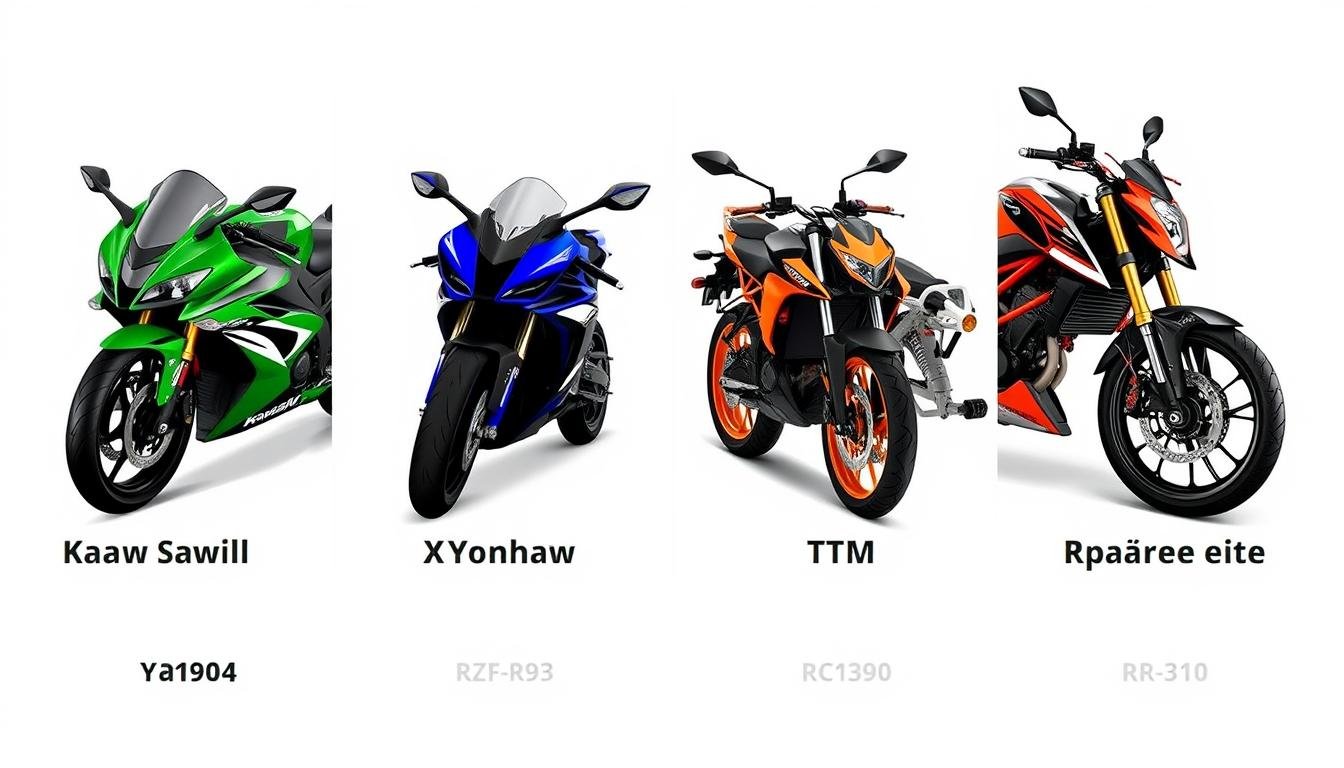
Ninja300 vs Yamaha YZF-R3
The Kawasaki Ninja300 and Yamaha YZF-R3 are closely matched in terms of performance. The Ninja300 boasts a 296 cc, 6-speed manual engine, while the YZF-R3 features a 321 cc, inline-twin engine. Although the YZF-R3 has a slight edge in power, the Ninja300’s lighter weight gives it an advantage in handling.
The Ninja300 is priced at Rs.3,43,000, whereas the YZF-R3 is priced slightly higher. The Ninja300’s smoother riding experience and competitive pricing make it an attractive option for sport bike enthusiasts.
Ninja300 vs KTM RC390
The KTM RC390, with its 373 cc, single-cylinder engine, offers more power than the Ninja300. However, the Ninja300’s twin-cylinder configuration provides a smoother ride and less vibration at highway speeds.
The RC390 is known for its aggressive styling and sharp handling, making it a favorite among track enthusiasts. The Ninja300, on the other hand, offers a more balanced riding experience, suitable for both city commuting and track days.
Ninja300 vs TVS Apache RR310
The TVS Apache RR310, priced at Rs.2,78,063, offers exceptional value compared to the Ninja300. Although it produces slightly less power, it compensates with better low-end torque and fuel efficiency, averaging 33 kmpl against the Ninja300’s 25 kmpl.
The Apache RR310 features modern amenities like a full-color TFT display and LED lighting, making it a compelling choice for those seeking a feature-rich bike at a lower price point.
Who Should Buy the Kawasaki Ninja 300?
With its blend of performance and everyday usability, the Ninja300 appeals to a diverse group of motorcyclists. The bike’s characteristics make it suitable for various riding styles and preferences.
Ideal Rider Profile
The Ninja300 is best suited for riders who enjoy a balanced approach to motorcycling, combining daily practicality with occasional spirited weekend rides. These riders appreciate a bike that can handle both commuting and twisty roads with ease.
City commuters will appreciate the Ninja300’s manageable dimensions, light clutch, and good low-speed maneuverability in traffic conditions. Its upright riding position and high bars make it comfortable for daily use.
Riding Style Compatibility
The Ninja300 excels on flowing, twisty roads where its light handling and responsive nature allow riders to maintain momentum through corners without excessive speed. However, it’s less ideal for riders primarily focused on track days or aggressive sport riding, where more powerful and sharper-handling alternatives might better serve their needs.
| Rider Type | Ninja300 Suitability | Reason |
|---|---|---|
| City Commuters | High | Manageable dimensions and good low-speed maneuverability |
| Twisty Road Enthusiasts | High | Light handling and responsive nature |
| Track Day Enthusiasts | Low | Lacks the precision and poise of more aggressive sport bikes |
| Touring Enthusiasts | Moderate | Capable of light touring duties but lacks long-distance comfort |
In summary, the Kawasaki Ninja300 is a versatile bike that suits riders looking for a balance between daily practicality and the thrill of spirited riding. Its characteristics make it an excellent choice for commuting, casual touring, and enjoying twisty roads.
Conclusion
The Kawasaki Ninja300 stands out as a versatile entry-level sports bike, offering a unique blend of style, ergonomics, and performance. With its twin-cylinder engine, the Ninja300 provides a refined riding experience that is both engaging for new riders and satisfying for experienced enthusiasts.
The Ninja300’s refreshed look, coupled with its improved ergonomics, makes it a comfortable ride for daily commuting and weekend fun rides. Its high-revving engine, with a redline starting at 13,000 rpm, delivers a thrilling performance on open highways and in the city.
Some key strengths of the Kawasaki Ninja300 include its:
- Unique combination of twin-cylinder refinement and accessible performance
- Iconic Ninja styling that justifies its premium pricing
- Excellent balance between performance and usability, making it suitable for various riding needs
- Forgiving learning platform for new riders, with enough performance to remain engaging as skills develop
- Reliability, refined performance, and timeless design that ensure it remains a compelling option
In conclusion, the Kawasaki Ninja300 is a great choice for those looking for a versatile motorcycle that can handle daily commuting, weekend rides, and occasional longer journeys. Its quality and value proposition make it a worthwhile investment for riders who appreciate its strengths.
Overall, the Ninja300 is a fine road machine that possesses both touring and track capabilities, making it an excellent first sports bike for new riders.
